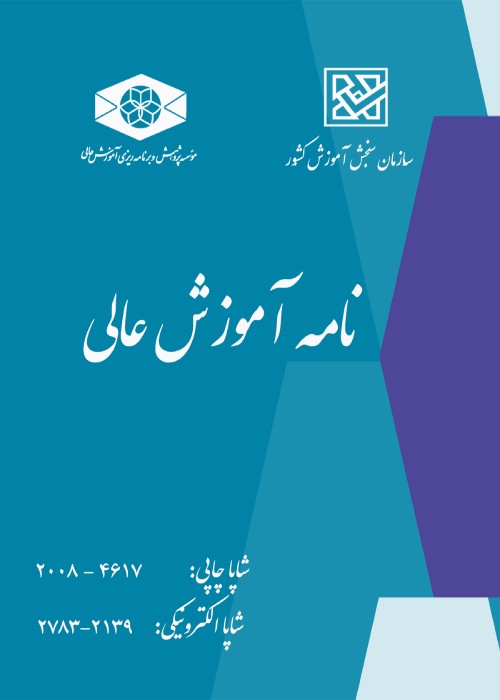Identifying the components of the pattern of recruitment and effectiveness of higher education management graduates in the higher education governance system of Iran
The purpose of this article is to identify the components of enrollment and graduates of higher education management in the higher education governance system in Iran.
The method of the present study is mixed (qualitative and quantitative). The statistical population of the research in the qualitative section were the managers of the Department of Educational Sciences, professors and experts of higher education and in the quantitative section, the managers of the Department of Educational Sciences and the professors of the Department of Educational Sciences of Iranian public universities. In the qualitative part, 18 people with targeted method and in the quantitative part, 155 people using Krejcie and Morgan table (1970) were chosen. Data collection tools in qualitative part, in-depth and unstructured interviews and in quantitative part, researcher-made questionnaire with reliability coefficient, / 92. To analyze the data in the qualitative part, the data were used using the microscopic method (micro analysis) during three stages of open, axial and selective coding with the help of MAXQDA2020 software and in the quantitative part with the help of SPSS and Smart PLS software.
The research findings indicate that this model in the form of 27 main categories and 95 variables including policy of recruitment and employment of graduates and multidimensional design of the recruitment system as the core or main category of the model; Causal variables (organizational factors, extra-organizational factors, readiness to absorb and apply, intrapersonal competencies, personal competencies and entrepreneurial competencies); Background variables (responsibility, context, upstream documents); Intervening conditions (organizational culture of recruitment, organizational justice of recruitment); Strategic categories (institutionalization of graduates' entrepreneurial capabilities management system, design of talent management process of multiple entrepreneurial behaviors and design of resource allocation system) and finally consequential categories (job creation, value creation and multiple competitive advantage, quality assurance in higher education system) were included.
Given that the university is the center of gravity of entrepreneurship and the activities of specialized students and graduates, and they can formulate policies for attracting and influencing graduates better than anyone, neglecting their recruitment and influence will motivate students and graduates. Be. Therefore, it deserves more investment in attracting graduates.
- حق عضویت دریافتی صرف حمایت از نشریات عضو و نگهداری، تکمیل و توسعه مگیران میشود.
- پرداخت حق اشتراک و دانلود مقالات اجازه بازنشر آن در سایر رسانههای چاپی و دیجیتال را به کاربر نمیدهد.



